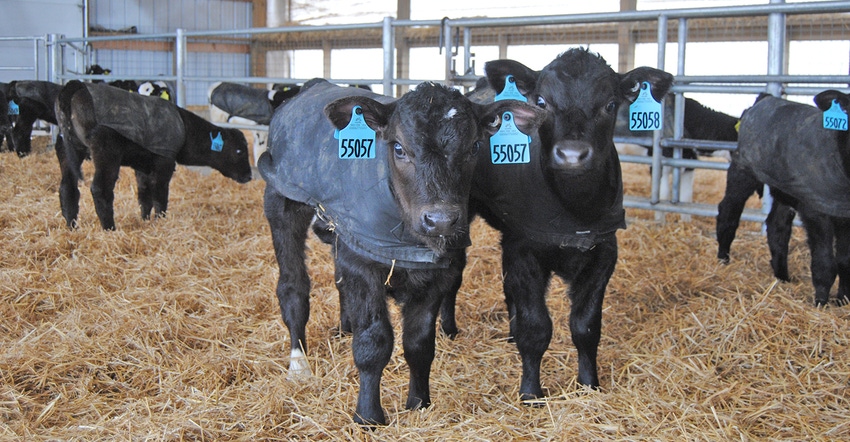July 18, 2017

I am 30 years old, and my brother is 32. We both work on our parents’ dairy farm. Six years ago, we started buying Holstein bull calves from our dad, who milks 225 cows and farms 320 acres. We raise the calves for beef. My dad is ready to retire. My brother and I would like to buy his dairy herd and continue milking the cows, but we would like to breed the bottom third of the herd to Angus AI bulls so we can expand our beef venture. Our plan is to double our beef numbers by raising the heifers and bulls for beef from the bottom third of the herd. We would still raise Holstein steers from the top two-thirds of the herd. Would this be a good way to expand our farm without actually milking more cows? Beef prices are strong, and we have a great market for our beef. We are more interested in the dairy beef than the dairy cows, but we need the cows to get the beef calves.
Hodorff: You can expand your business without milking more cows. How big do you want your beef numbers? The bottom third of your dairy cows would produce 74 calves. Then the bull calves from the rest of your cows would be 75. But I think you need to expand your beef operation by more than 150 total. In my view, 150 beef animals sold every 24 months isn’t going to have a big impact on your business. I think your idea has merit, but you need to put more thought into how much this will expand your business. Raising bull calves from dairy cows increases your beef numbers, but it’s very challenging to have a group of steers all born in a short period of time. If you are serious about this venture, think about groups of animals on feed. One hundred fifty animals divided by 12 months is about 12 per month.
Miller: This could be a good way to expand the business without milking additional cows. Be certain you have adequate housing and feed for the additional beef enterprise. With your dad ready to retire, you and your brother will need to work on the transition of management in addition to ownership of the business. Contact a dairy business consultant, Extension ag agent or technical college farm trainer to assist in the transition planning process. Eventually, you will need to include an attorney and an accountant in this process.
Lastly, you indicate you are more interested in dairy beef than dairy cows. Don’t forget the dairy herd is the primary source of income for the business, and the source of calves for the beef enterprise. Be certain you maintain strong management in all sectors of the business to improve your chances of success. Good luck with the growth of your beef business and farm transition plans.
Wantoch: Diversifying the farm is a great option to help farmers grow their business. The only caution I have is that agricultural markets are cyclical. While the beef market may be strong now, it could change quickly. If you decide to pursue raising more beef, I would encourage you to develop a business plan that includes a marketing strategy. Review your current feed, supplies, labor, facilities, etc., to determine if you have adequate inventory to raise beef calves. Then determine at what stage of production will be the most profitable for your operation. A University of Illinois research study indicates that most of the profit in dairy steers is gone by the time the steers weigh 750 pounds.
Also, don’t forget about your dairy cow herd during this expansion. How will you identify the bottom-third cows — using your Dairy Herd Improvement Association records or genomic testing? You might consider using sexed semen to ensure you will continue to have adequate replacements while pursuing this beef venture.
Agrivision panel: Doug Hodorff, Fond du Lac County dairy farmer; Sam Miller, managing director, group head of agricultural banking, BMO Harris Bank; and Katie Wantoch, Dunn County Extension agricultural agent specializing in economic development. If you have questions you would like the panel to answer, send them to: Wisconsin Agriculturist, P.O. Box 236, Brandon, WI 53919, or email them to [email protected].
You May Also Like




